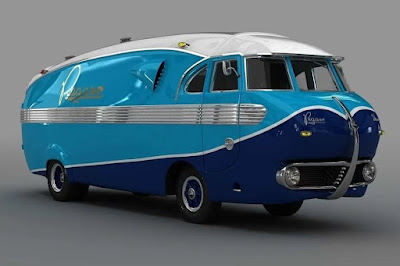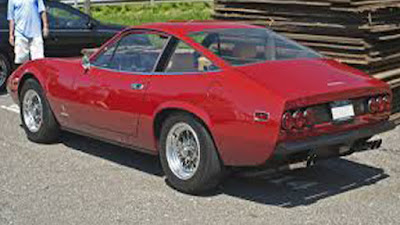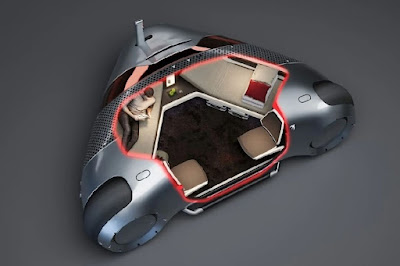Legendary BEAST - The Maserati MC12, especially the 2004-2005 model, remains a timeless legend in the realm of supercars. Originally designed as a road-legal race car, it boasted a breathtaking blend of power and aesthetics that set it apart from its contemporaries. With a roaring V12 engine churning out over 600 horsepower, this Italian masterpiece could sprint from 0 to 60 mph in under 4 seconds, showcasing its prowess on both the track and the street. Limited to just 50 units worldwide, each commanding a hefty price tag of £400,000, the MC12 became an exclusive symbol of automotive excellence and luxury.
Building upon this success, Maserati introduced the MC12 GT1, a formidable racing variant tailored for the fiercely competitive FIA GT Championship series. Constructed around a lightweight carbon fiber monocoque chassis and propelled by a potent V12 engine initially delivering 750 horsepower, the GT1 was a force to be reckoned with on the track. Despite later power restrictions to 560 horses, the GT1's aerodynamic finesse, coupled with its low center of gravity and optimal weight distribution, ensured unparalleled performance and agility through corners.
 While sightings of the MC12 GT1 'Centenario' outside track events are rare, its unmistakable presence and symphony of engine notes continue to captivate automotive enthusiasts worldwide. Its legacy as a track-focused marvel and a testament to Maserati's enduring commitment to performance and innovation remains etched in the annals of automotive history, ensuring its place among the most iconic racing cars of all time. *** [EKA [13102015] | FROM VARIOUS SOURCES | CARBUZZ | DEVIANTART ]
While sightings of the MC12 GT1 'Centenario' outside track events are rare, its unmistakable presence and symphony of engine notes continue to captivate automotive enthusiasts worldwide. Its legacy as a track-focused marvel and a testament to Maserati's enduring commitment to performance and innovation remains etched in the annals of automotive history, ensuring its place among the most iconic racing cars of all time. *** [EKA [13102015] | FROM VARIOUS SOURCES | CARBUZZ | DEVIANTART ]
 |
| Maserati MC12 GT1 Centenario created to celebrate the Maserati 100th anniversary in 2014. (Picture from: DeviantArt) |
 |
| Right side view of Maserati MC12 GT1 Centenario. (Picture from: Youtube) |
The MC12 GT1's racing legacy quickly solidified with a string of victories beginning in 2004 and culminating in a dominant reign over the Drivers' and Teams' titles for five consecutive years starting from 2005. Its track prowess and technical sophistication made it a darling among racing enthusiasts and a symbol of Maserati's engineering prowess.
In a nod to its storied heritage, Maserati unveiled the MC12 GT1 'Centenario' in 2014, commemorating a century of automotive excellence. This special edition retained the ferocious performance of its predecessors while showcasing a distinctive paint scheme that turned heads wherever it went. Powered by a thunderous 6.0-liter V12 engine, the MC12 GT1 'Centenario' could accelerate from 0 to 62 mph in a blistering 3.6 seconds, reaffirming its status as a true thoroughbred on the racetrack.
 While sightings of the MC12 GT1 'Centenario' outside track events are rare, its unmistakable presence and symphony of engine notes continue to captivate automotive enthusiasts worldwide. Its legacy as a track-focused marvel and a testament to Maserati's enduring commitment to performance and innovation remains etched in the annals of automotive history, ensuring its place among the most iconic racing cars of all time. *** [EKA [13102015] | FROM VARIOUS SOURCES | CARBUZZ | DEVIANTART ]
While sightings of the MC12 GT1 'Centenario' outside track events are rare, its unmistakable presence and symphony of engine notes continue to captivate automotive enthusiasts worldwide. Its legacy as a track-focused marvel and a testament to Maserati's enduring commitment to performance and innovation remains etched in the annals of automotive history, ensuring its place among the most iconic racing cars of all time. *** [EKA [13102015] | FROM VARIOUS SOURCES | CARBUZZ | DEVIANTART ]Note: This blog can be accessed via your smart phone






































